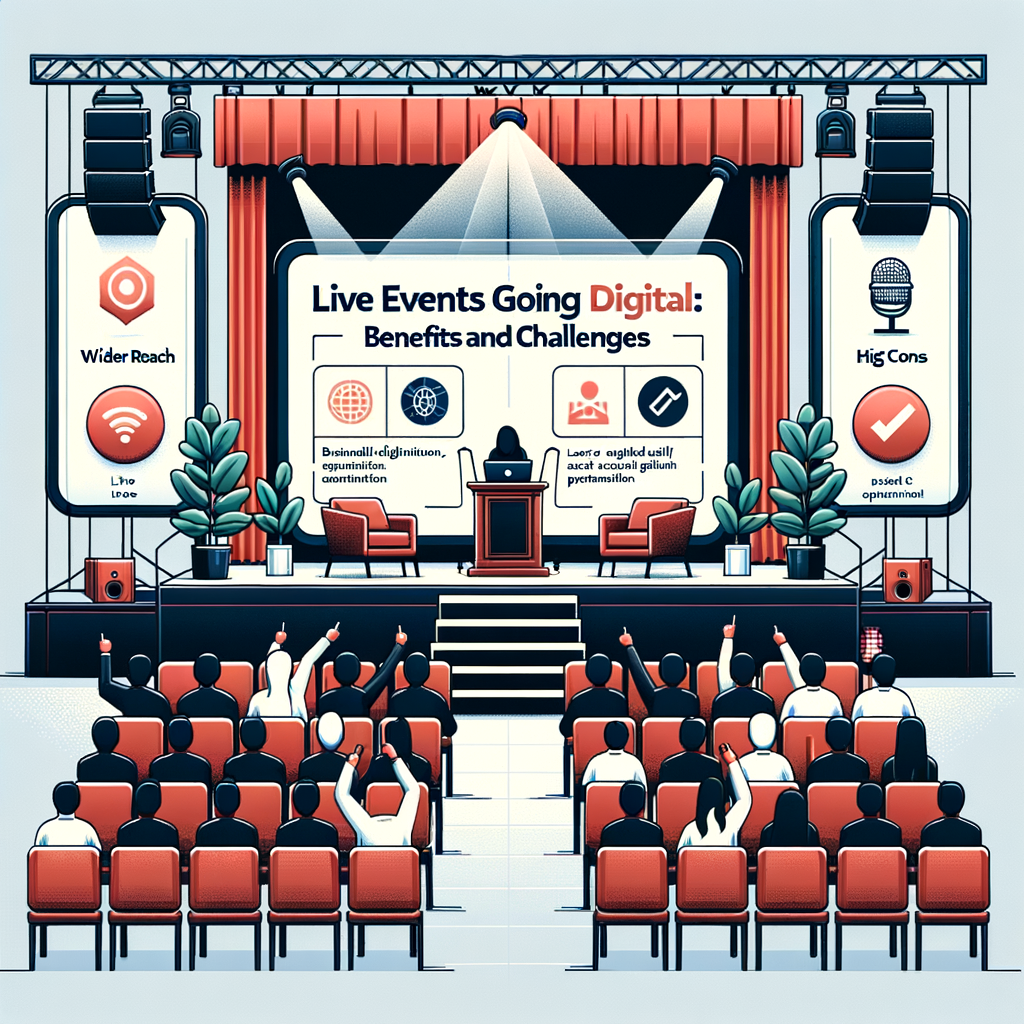Digital Transformation of Live Events: How It Works
In recent years, the digital transformation of live events has accelerated, driven by advancements in streaming technology and changing audience expectations. Going digital means integrating virtual platforms—such as Zoom, Microsoft Teams, and custom event apps—into the core of event planning and execution. This process allows organizers to host concerts, conferences, trade shows, and even award ceremonies online, making them accessible from anywhere with an internet connection.
For example, major music festivals like Tomorrowland have successfully shifted to virtual stages, providing interactive features like live chat, real-time polls, and virtual meet-and-greets. This approach not only enhances flexibility for attendees but also expands potential reach, bringing in global audiences with minimal logistical barriers. The result is a dynamic, scalable model that keeps people connected while catering to diverse needs and preferences.

Key Benefits of Digital Live Events
- Global access allows anyone to join events remotely, breaking down geographical barriers and increasing participation.
- Lower costs for organizers and attendees, as there’s no need for physical venues, travel, or accommodation.
- Data-driven insights help organizers personalize experiences and measure attendee engagement through analytics.
Challenges of Going Digital with Live Events
While the benefits of digital live events are clear, organizers must also navigate some complex challenges to ensure success. One of the most significant issues is ensuring reliable technology and seamless connectivity, as technical glitches can quickly disrupt the attendee experience. Security and privacy concerns are also paramount, especially when handling personal data or hosting high-profile events.
Engaging remote audiences requires new tactics—such as interactive apps, live Q&A, and breakout sessions—to replace the energy of in-person interaction. For example, major tech conferences often struggle to replicate the networking opportunities attendees value most. Ultimately, delivering a smooth, engaging digital event often demands a higher level of planning and a strong understanding of virtual platforms and audience behavior. These hurdles remind organizers that going digital involves much more than just streaming content online.
Frequently Asked Questions
What are digital live events?
Digital live events are virtual gatherings streamed online, allowing global participation. They use platforms like Zoom or specialized event software for real-time interaction.
What are the main challenges of digital events?
Key challenges include technology glitches,
engaging remote attendees,and protecting data privacy, all requiring careful planning and expert support.